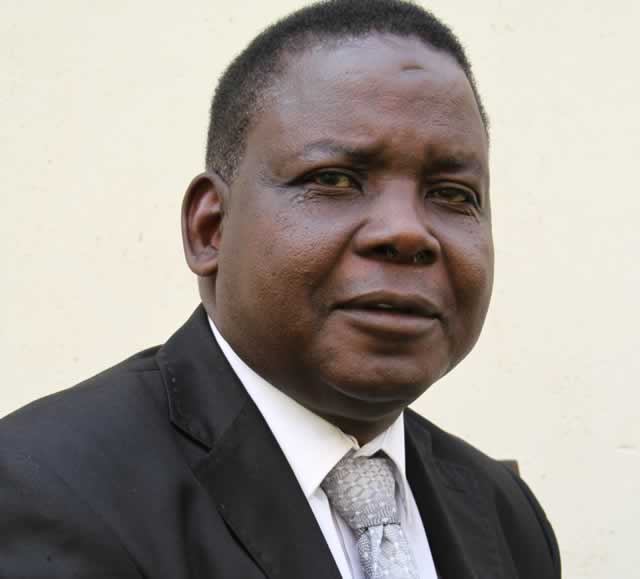
The Sunday News

A GROUP of 5 000 mining experts consisting of those in the diaspora and those working locally have mobilised $40 million which will be channelled towards the revival of three struggling Government-owned gold mines in a major breakthrough that will buttress Government’s call to ensure that indigenous people take a leading role in investing in Zimbabwe.
The milestone is one of the few cases which are a clear indication that Zimbabweans are beginning to have confidence in leading the investment drive as foreigners were taking a wait-and-see approach in investing in the country.
Addressing delegates at the Zimbabwe National Chamber of Commerce annual congress on Friday, Mines and Mining Development Deputy Minister Fred Moyo said the grouping, which is made up of about 5 000 mining experts which include engineers, metallurgists and geologists drawn from Zimbabweans working in South Africa and those plying their trade locally were at an advanced stage of taking over operations at Sabi, Jena and Beatrice gold mines.
The three mines were being run by the state-owned mining investment vehicle, the Zimbabwe Mining Development Corporation, but was failing to inject enough capital to sustain optimum operations.
“They have almost done everything, they came and did due diligences with the engineers. They are finalising an MOU (memorandum of understanding) with ZMDC to form a joint venture.
“So when I go to an investment meeting in South Africa soon, I will deal with the matter. This morning (Friday last week) they are finalising discussion pertaining to the nature of lease agreements with our embassy in South Africa,” Cde Moyo said.
Only Jena is fully operational, albeit at a loss, while the other two – Sabi and Elvington – are under judicial management and care and maintenance, respectively.
Sabi mine claims were first pegged in the 1890s with the first recorded production in 1909.
It was acquired by ZMDC in 1984. ZMDC owns 100 percent of Kimberworth Investments (Pvt) Ltd trading as Sabi Gold Mine, a company running the mine.
The mine employs about 450 employees and is serviced by one rectangular double compartment shaft reaching down to 15 metres below 12 level elevation. The principal mining method is underhand stopping. The mine has a capacity to treat 450 tonnes of ore per day.
Elvington Gold Mine is also 100 percent owned by ZMDC. The mine suspended operations in 2003 due to the collapse of one of its main shafts.
The mine is on care and maintenance. Currently it is involved in dump retreatment while preparing for resuscitation of underground operations. Elvington used to produce 45kg of Gold per month before the shaft incident.
“You can imagine we were battling with Asian investors who were struggling to put in $30 million into our gold mines while there are Zimbabweans who are able to put $40 million to $50 million because they are bankable out there and can raise the funding. I just hope our ZMDC board will move in quickly and take these on board, of course they are miners but they don’t have to invest in mining only,” Cde Moyo said.
He said financial institutions had also pledged to assist the consortium after realising that their project was bankable but was quick to say the investors should concentrate on mining operations and leave issues to do with administration to the ZMDC.
“I am just hoping we are not caught in bureaucracy. You see they (investors) will then want to manage assets because they are professionals. But in some cases there is risk that the old same management will be afraid of being displaced,” Cde Moyo said.
Meanwhile, ZMDC has recommended a foreign investor for the resuscitation of Kamativi Tin Mine.
“The (ZMDC) board has given us their recommendation so the Minister (Walter Chidakwa) will be going to Cabinet with them anytime soon. It’s slow but they have made a recommendation to Government. Kamativi is not only tin but there is lithium there. Now that we are going into electric cars it’s (lithium) more important than tin. Seven minerals can be realised from there.”



